The screamer belongs to a small group of birds that live in South America. While they don’t particularly look like it, screamers are related to ducks, geese, and other waterfowl.
They make up the Anhimidae family, and there are only three species, the northern, the southern, and the horned screamer. Though the northern and southern species are unique in their own ways, we are going to focus on the severely odd horned screamer. Read on to learn about the screamer.
Description of the Screamer
Unlike other waterfowl, screamers do not have flattened beaks. Instead, their beaks look similar to those of a chicken. Their feet are also somewhat chicken-like. They have long toes, with only partial webbing between them.
Perhaps its most notable characteristic, the horned screamer has a single “horn” growing from the top of its head. Screamers are relatively large birds. They stand about three feet tall, and weigh up to eight pounds at their heaviest.
Interesting Facts About the Screamer
Calling the horned screamer interesting is definitely an understatement. These birds are undeniably odd looking, albeit in a magnetic sort of way.
- The Horn – Let’s tackle the undeniably interesting horn first. It isn’t sharp or pointy, nor is it stiff and unbreakable. In fact, their horns are quite flimsy, and they break easily. If their horn breaks, it simply grows back over time. The horn is made of cartilage, and grows to about six inches long.
- Other Oddities – Though the other screamer species do not have horns, all species have bone spurs on their wings. Where the wing bends at the elbow, cartilage covered bone protrudes through the feathers into a pointed spur.
- Screamer – While known as screamers, their calls are not particularly screeching. Instead, they call loudly to one another in something of a honking sound. They also make a trumpeting sound, and several other vocalizations.
- Crinkle Bird – Another strange adaptation that this bird possesses are air sacs. They have multiple sacs of air under their skin and around their bones. Just like when you crack your knuckles, when these birds fly, they make crackling sounds. These air sacs help the birds stay lighter to remain airborne longer.
Habitat of the Screamer
These birds live in tropical regions of South America, with have high rainfall and humidity. They are partial to areas with standing water, like swamps, ponds, lakes, marshes, slow moving rivers, and more.
The areas surrounding these water sources must have trees and shrubbery for the birds to hide and forage in. Screamers fly into the trees to sleep at night.
Distribution of the Screamer
The horned screamer lives in South America, primarily in the Amazon River basin. They inhabit much of northern South America, including Brazil, Columbia, Venezuela, and more.
Their distribution is smaller than it once was historically, primarily around the outer edges. Because of this, their populations are higher in some regions, and lower in others.
Diet of the Screamer
This species’ diet varies based on its age and needs. Like most waterfowl, nesting and young birds need higher levels of protein. Adults usually feed mostly on plants, and breeding or younger birds eat more insects.
They eat flowers, fruits, leaves, shoots, stems, and other plant parts. Their diet also contains a number of invertebrates, like larvae, grubs, spiders, worms, and more.
Screamer and Human Interaction
In South America, people generally like screamers, unless they are waking them up early. In fact, screamers are wonderful at guarding livestock and poultry, because they are quite loud when predators arrive.
The locals often tame young birds for this purpose, and the birds take well to captivity. Much like peacocks in North American zoos, free ranging screamers are a common occurrence in South American zoos.
Domestication
Humans have not domesticated these birds in any way.
Does the Screamer Make a Good Pet
Screamers are only good pets if you know what you’re getting into. They are incredibly loud, and thus not a good choice for a small apartment. However, larger properties and farms can make good homes for screamers. Though it is illegal to own a screamer as a pet in some places.
Screamer Care
These birds thrive in zoos, and in South America it is not unusual to see one roaming the grounds. They are loud, but otherwise harmless and non-aggressive.
Their habitats should have a water source, and a variety of plants and shrubs for them to graze on. Zookeepers also feed them pelleted feed, insects, fruits, and vegetables.
Behavior of the Screamer
Horned screamers are moderately social. They live in small groups, but they are flexible, and members often join or leave. Groups of birds, called flocks, roost in trees, stand on perches, and wander on the ground in search of food.
When they are not searching for food, they stand in the sun grooming their feathers. Though they live in close proximity to water, they do not necessarily feed in the water like other waterfowl do.
Reproduction of the Screamer
This species often breeds with the same partner for several seasons. Pairs form when a female chooses the strongest and loudest male. Males often fight one another using their sharp wing spurs to impress females.
A mated pair breaks off from the group to build a nest and raise their young. The female lays between two and eight eggs in the nest, and incubated them for over a month. The young do not begin to fly until they are at least two months old.

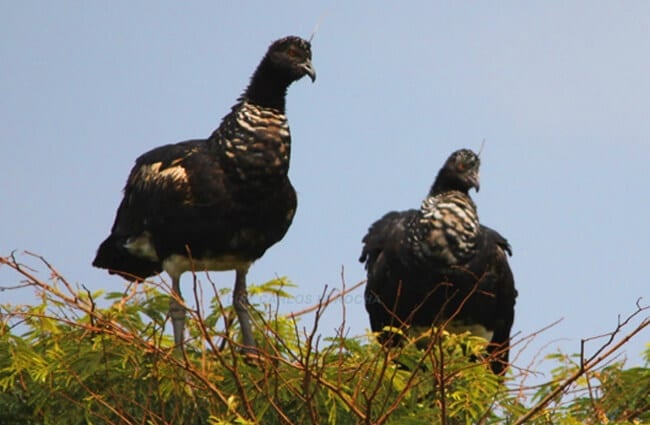
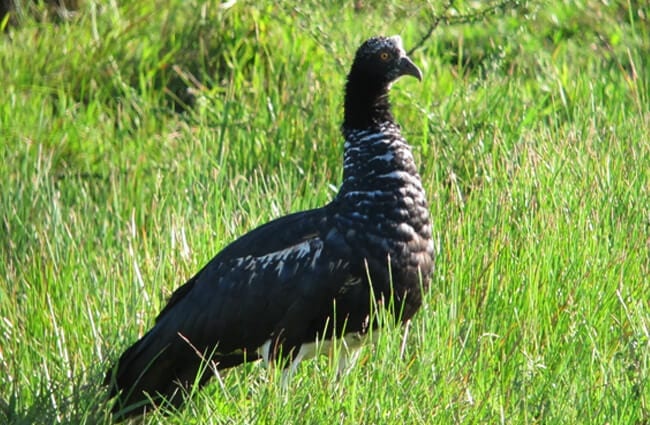
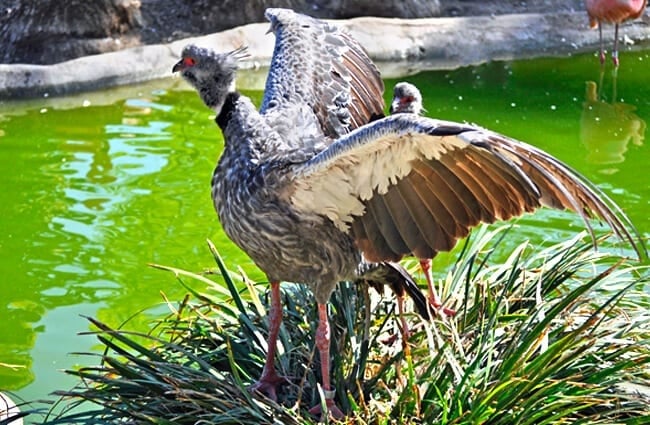

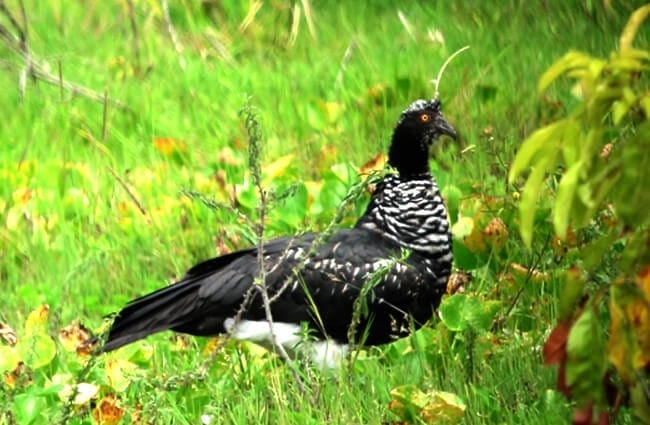
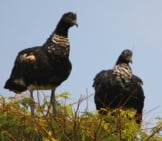
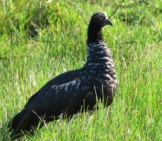
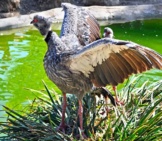
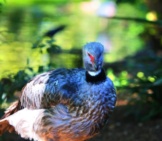
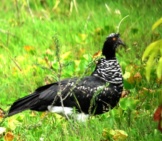
![Red Angus Closeup of a beautiful Red Angus cowPhoto by: U.S. Department of Agriculture [pubic domain]https://creativecommons.org/licenses/by/2.0/](https://animals.net/wp-content/uploads/2020/03/Red-Angus-4-238x178.jpg)












![Red Angus Closeup of a beautiful Red Angus cowPhoto by: U.S. Department of Agriculture [pubic domain]https://creativecommons.org/licenses/by/2.0/](https://animals.net/wp-content/uploads/2020/03/Red-Angus-4-100x75.jpg)

